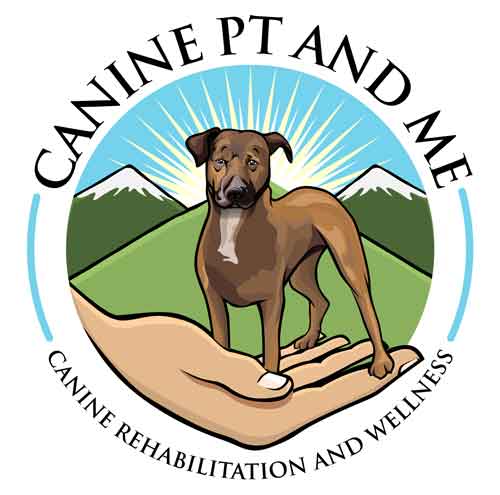As the field of canine rehabilitation grows, the over-use of the underwater treadmill as a common treatment modality has become increasingly popular. The idea of the underwater treadmill is that it offloads the dog’s body. It also decreases the effects of gravity by increasing buoyancy.
One benefit of this treatment modality is that the water level can be adjusted to alleviate varying percentages of land body weight. For example if the water level is ankle height, the research has shown that the dog is still using 91% of their land body weight. This only offloads the dog’s body by 9%. Whereas if the water level is at the dog’s hip, the dog is only using 38% of their land body weight, offloading 62% of their body weight. Certain cases can definitely benefit from using the underwater treadmill, however this should not be considered a go-to for all dogs receiving rehabilitation.
Why the Underwater Treadmill Isn’t a One-Size-Fits-All
#1: The underwater treadmill does not build significant muscle strength!

This is the most common mis-belief when it comes to this piece of equipment. Instead, it builds endurance because water does not provide enough resistance to show remarkable improvements in strength. A dog’s posture of front limb: hind limb ratio is naturally 60:40. If the goal is to build up hind limb strength, research has shown that with the water level at the dog’s hip, this shifts the ratio to 71:29. Therefore, most of the dog’s weight is in their front limbs with the water at hip height. That being said, when coupled with an individually designed, comprehensive plan of care, this modality may compliment the treatment plan well. It all depends on the treatment goals for each dog.
#2: Muscles need progressive loading!
Similar to #1, in order to build muscle strength, the body needs progressive overloading. Facilities that use the underwater treadmill will claim that it can increase strength post-surgery as well as for other conditions. However, the body needs to be gradually loaded with progressive resistance in order to build true muscle strength. It could be argued that as the dog recovers, decreasing the water level will require them to use more of their body weight. This will only increase the effects of gravity on their body.
Let’s use an example of someone wanting to improve their strength at the gym with a trainer. The trainer wouldn’t tell them to solely walk on the treadmill. They would write them a balanced program including cardio on the treadmill as well as strength training. This could consist of using machines, lifting dumbbells, or using resistance bands. Similar in dogs, they need progressive exercises for specifically targeted muscles to build strength.
#3: A bad habit is a bad habit unless it’s corrected!
When dogs present to physical therapy with an abnormal gait pattern, it’s in their best interest to correct it. By putting the dog in the underwater treadmill, this repetitive activity will only promote poor gait. Your certified canine rehab specialist should be in the treadmill at the same time, assisting the dog’s gait pattern. But first, your canine rehab therapist needs to assess the cause of the abnormal gait with a comprehensive evaluation. They will give you guidance and create a plan of care to address the cause and issues surrounding their gait. After those things have been addressed, then the dog might be appropriate to use the underwater treadmill.
Canine PT and Me does not use an underwater treadmill because we believe that there are more than one modality of treatment. This modality can be included in a treatment plan, however it is only one piece of the whole. Instead, we use manual therapy, massage, cold laser, therapeutic exercise, and gait analysis to successfully treat our patients. We are not against its use, however we believe that only a minority of dogs are suitable to use it. Please inquire with your certified canine rehab therapist to further discuss your dog’s treatment plan to make sure they are getting the best care possible.
~Canine PT and Me Team
